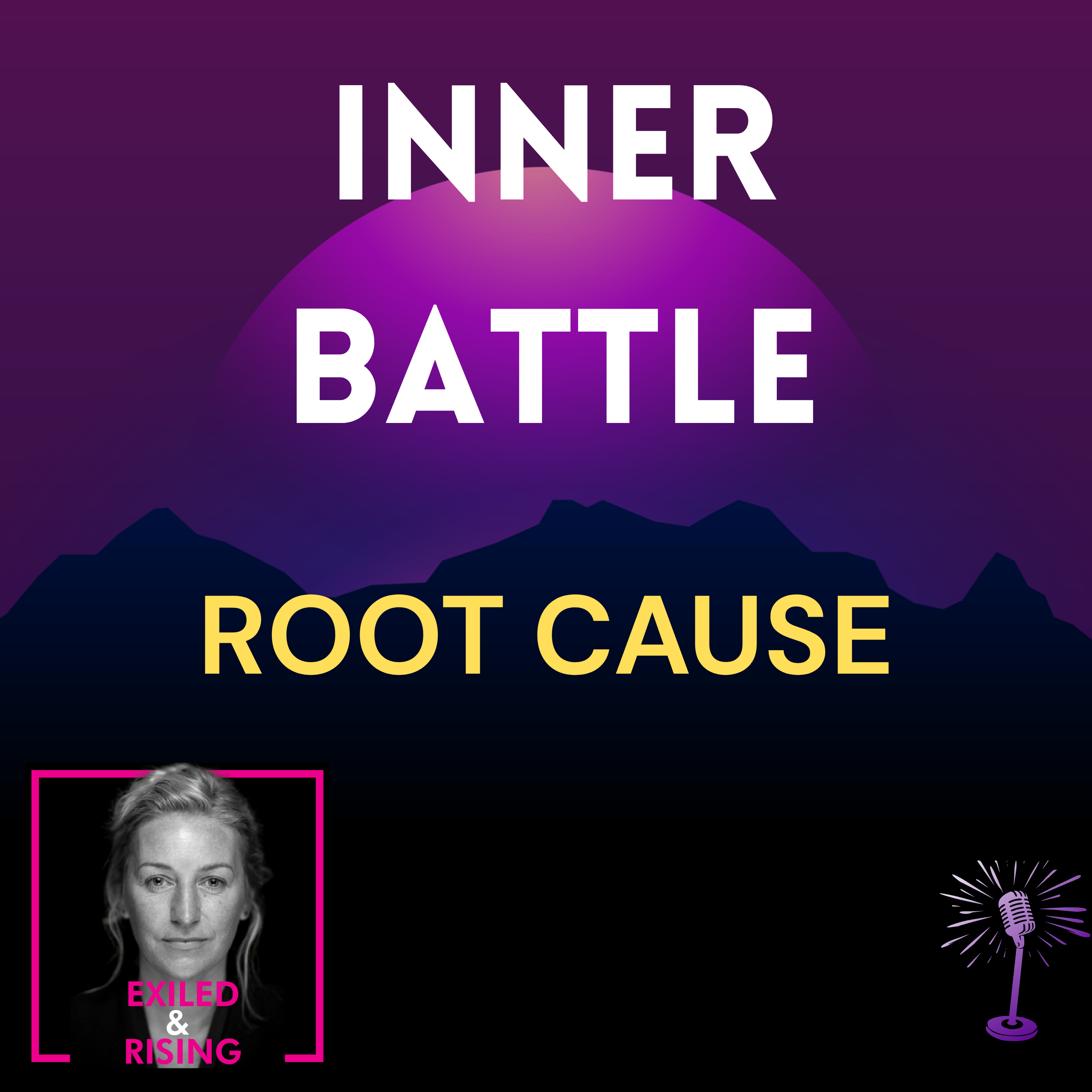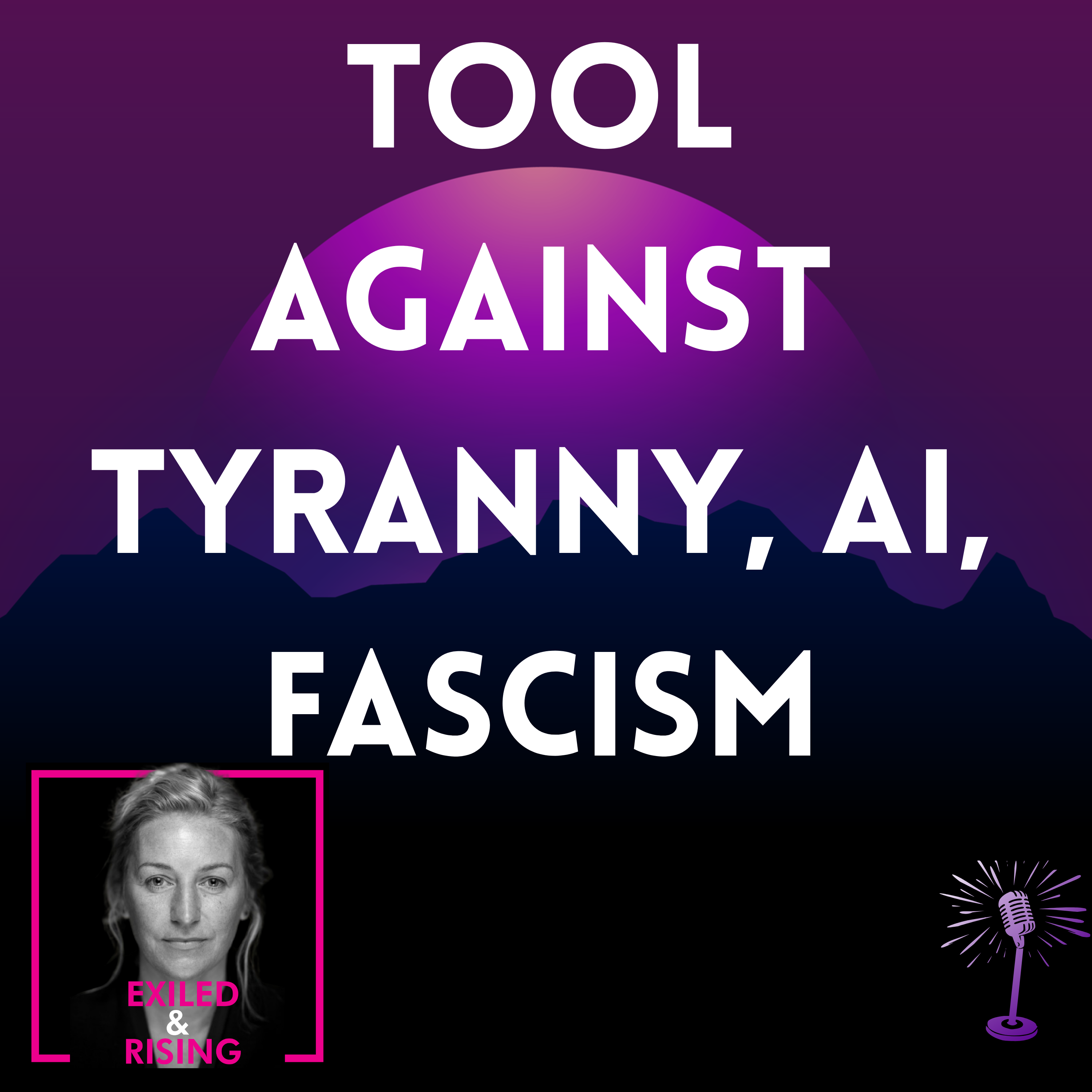Show Notes
Ana personifies the internal battle of trauma survival: one part of the self is exhausted and wants to collapse, while another part — fueled by inherited trauma — screams for vigilance and relentless productivity. The piece exposes how trauma fragments the self and turns survival into a conflict between shutting down and never stopping.
Book: The Trauma We Don't Talk About https://amzn.to/41SjKKL
Structure of the Piece
-
Naming the conflict – “Two conflicting parts live in my body.”
-
The exhausted part – wants to hide, withdraw, shut down.
-
The screaming part – hypervigilant, inherited, demanding, ancestral pressure.
-
Why the screaming exists – to prevent collapse into memory; to guard against devastation.
-
The unspoken center – what lies beneath both is the unspeakable: “my body will remember what has been done to me.”
This simple structure mirrors the inner oscillation trauma survivors feel every day.
✨ Distilled Lessons / Key Takeaways
-
Trauma splits the self. Survivors live with opposing inner forces: collapse vs. hyperdrive.
-
Exhaustion is not weakness. It is the body’s cry for retreat and safety.
-
Hypervigilance often feels ancestral. The pressure isn’t only personal — it carries the voices of family, culture, and lineage.
-
Avoidance of rest is protective. The inner “screaming” part isn’t cruel — it fears what might surface if the body pauses.
-
Memory lives in the body. Trauma is not erased by silence; it waits, and the body carries it.
Impact
-
For survivors: This piece names what so many feel but cannot articulate: the exhausting push-pull between collapse and compulsive activity. It validates that the “inner war” is trauma, not weakness or failure.
-
For therapists/allies: It’s a compact teaching in parts work, nervous system states, and intergenerational trauma. Ana models how to externalize and speak to parts with compassion.
-
For general audiences: It bridges psychology and poetry, making the inner mechanics of trauma legible.
Somatic and Psychological Depth
-
Collapse vs. Hyperarousal: This maps onto the polyvagal states — dorsal vagal shutdown vs. sympathetic activation. Survivors oscillate between these extremes.
-
Parts Language: Echoes Internal Family Systems (IFS), where different “parts” of self take on protective roles.
-
Inherited Trauma: The “ancestors shaking me awake” speaks to epigenetic trauma and cultural memory, echoing current science showing trauma markers can pass across generations.
-
Avoidance as Protection: The “screaming” part knows that stopping risks flooding the survivor with unbearable memory — this reframes avoidance as a protective strategy, not failure.
Wider Cultural Resonance
-
Work culture & burnout: Many live with the same inner split — exhausted but unable to stop. Ana connects personal trauma to cultural conditioning (never rest, always perform).
-
Collective trauma lens: Her “ancestors shaking me” line ties personal exhaustion to historical survival demands — war, migration, oppression. This echoes Indigenous, Black, and diasporic voices who link personal struggles to generational histories.
-
In conversation with Epstein files & survivor news: Just as Get Your Revenge gave survivors a roadmap to reclaim, Conflict gives language to the daily grind of survival after trauma — why rest feels unsafe, why exhaustion feels like weakness. It validates Epstein survivors (and others) who might feel they “should be over it” but instead live with this constant inner war.
️ How Ana Influences Change Here
-
Normalizing the split: Survivors don’t feel “crazy” when they hear this; they feel understood.
-
Bridging somatic science + poetic truth: She translates clinical insight (polyvagal, IFS, intergenerational trauma) into language survivors can feel.
-
Creating solidarity: By naming exhaustion as ancestral, she shifts blame away from the individual onto systems and histories.
-
Offering compassion: She doesn’t resolve the conflict but names it tenderly — modeling that just noticing the conflict is healing.
Distilled Core Lesson
Trauma survivors often live suspended between collapse and compulsion. Both are protective. Healing begins when we can name the conflict, recognize its roots (personal and ancestral), and meet both parts with compassion.
✨ In short: Conflict is a quieter piece than Get Your Revenge — but just as radical. It dignifies the invisible daily battle inside trauma survivors, links it to ancestral inheritance, and reframes exhaustion and hypervigilance as strategies of survival, not flaws.
Chapters
- (00:00:00) - Conflict



